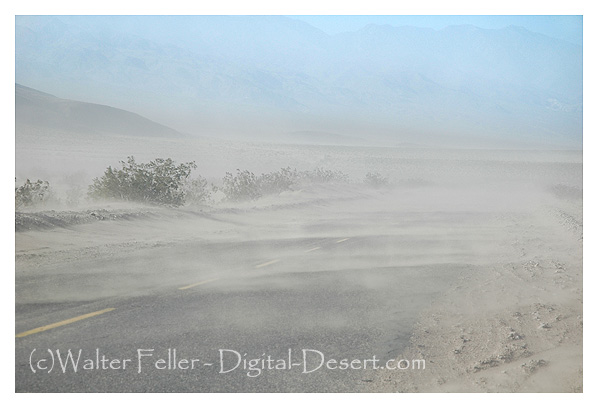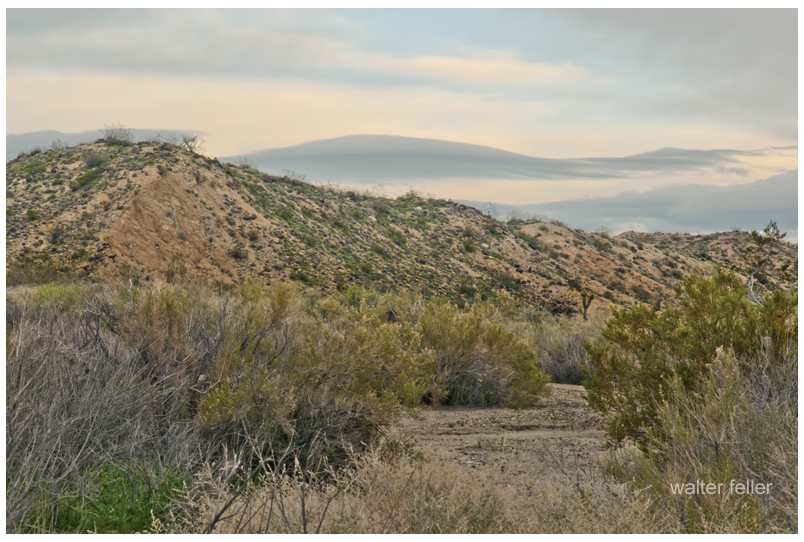
Then there were the “Northers,” which the heavy winds that swept down the Cajon Pass from the Mohave desert were called. They were much more severe then and sometimes very cold, blowing for about three days at a time. Many people treated them as they would rainy weather, and by way of derision, they were sometimes called “Mormon rains,” coming as they did by way of San Bernardino. They often came before the rains and when sheep had been pastured in the early summer the surface of the ground was cut into fine dust and we would have a dust storm which would cover the inside of the houses with dust. Since the land was planted and roads oiled, the “Northers” have lost most of their disagreeable features. Being dry they clear the atmosphere and are one of the beneficial features in our healthy climate.
History of San Bernardino County – John Brown Jr., 1922
